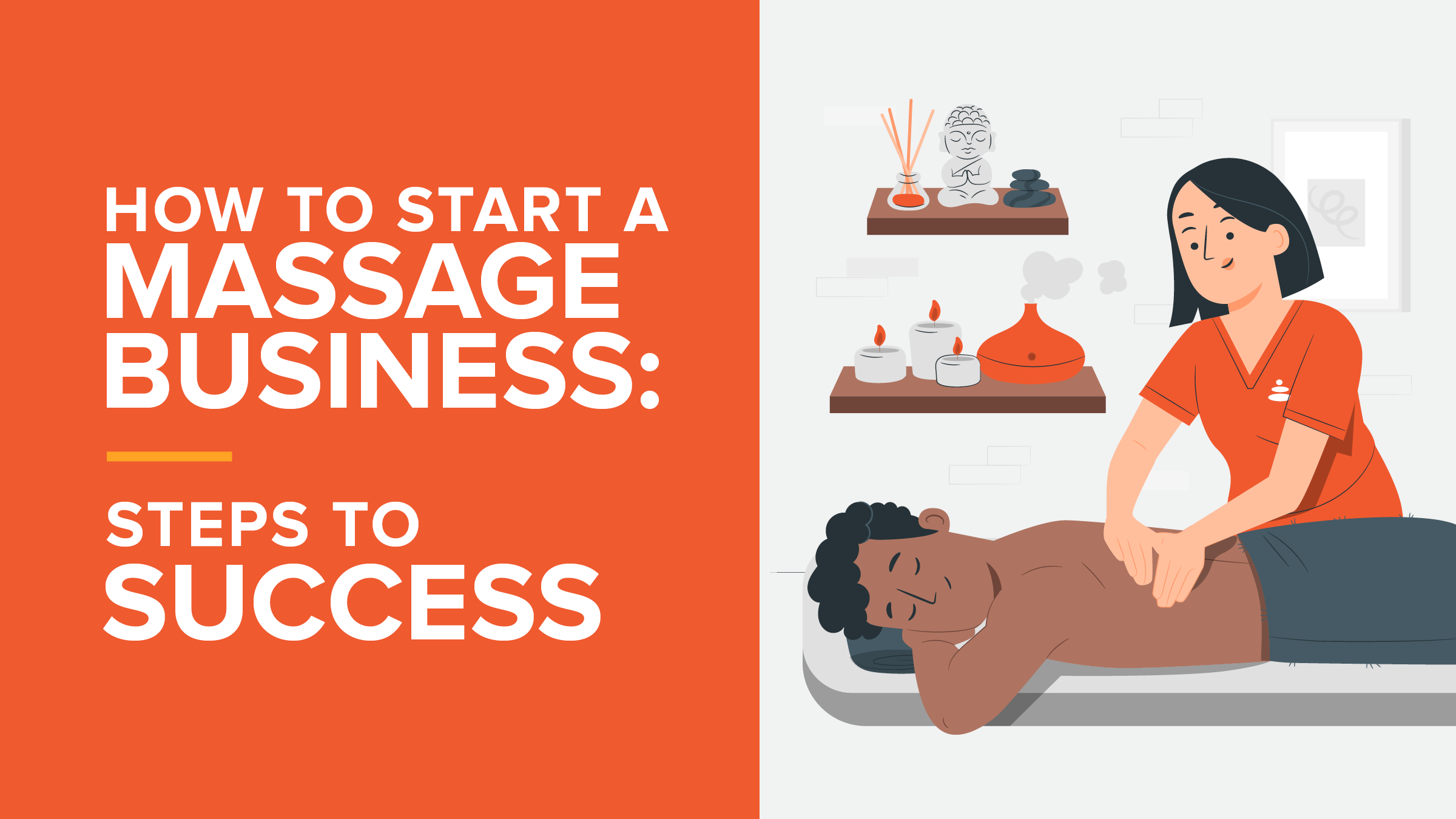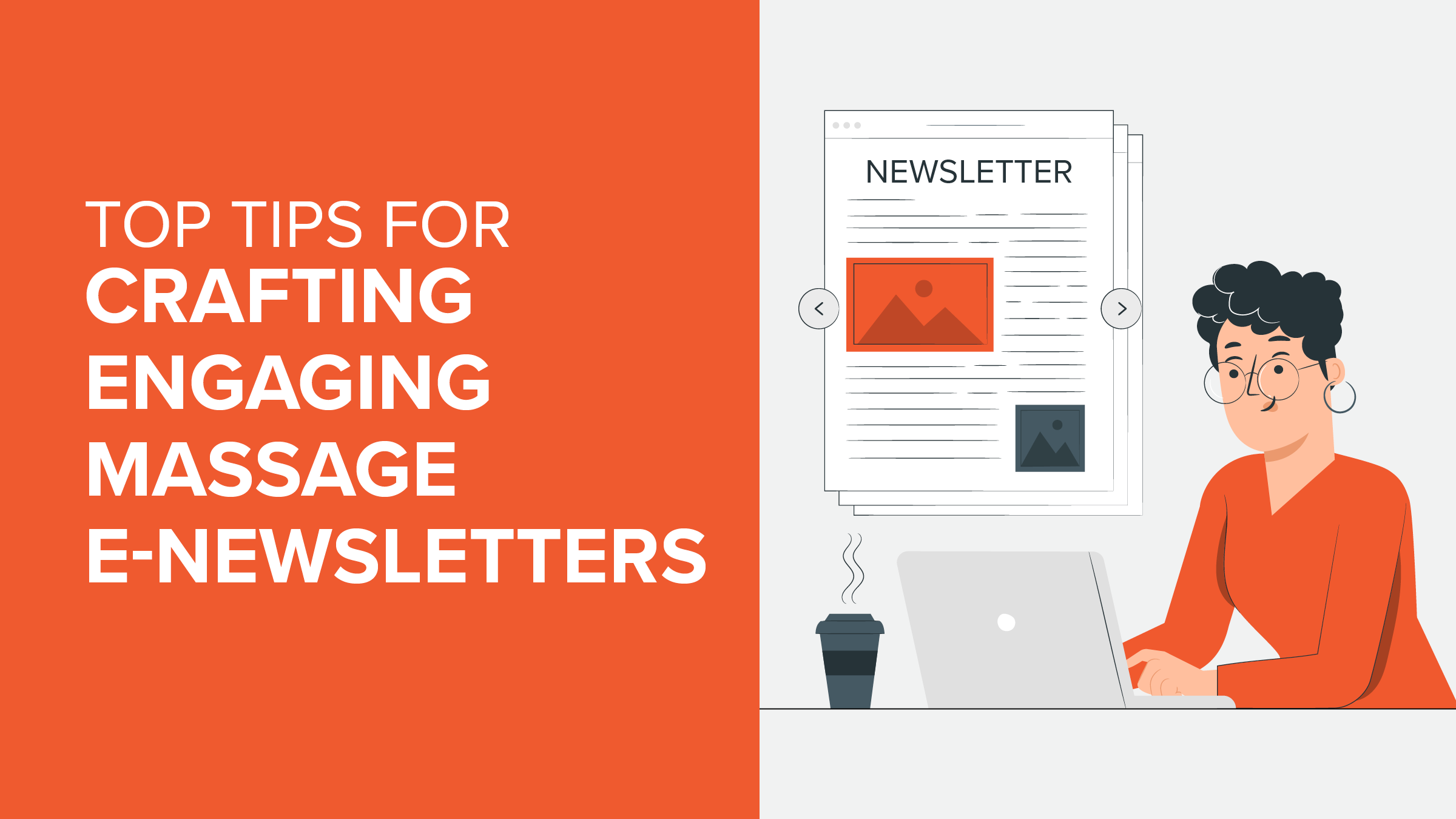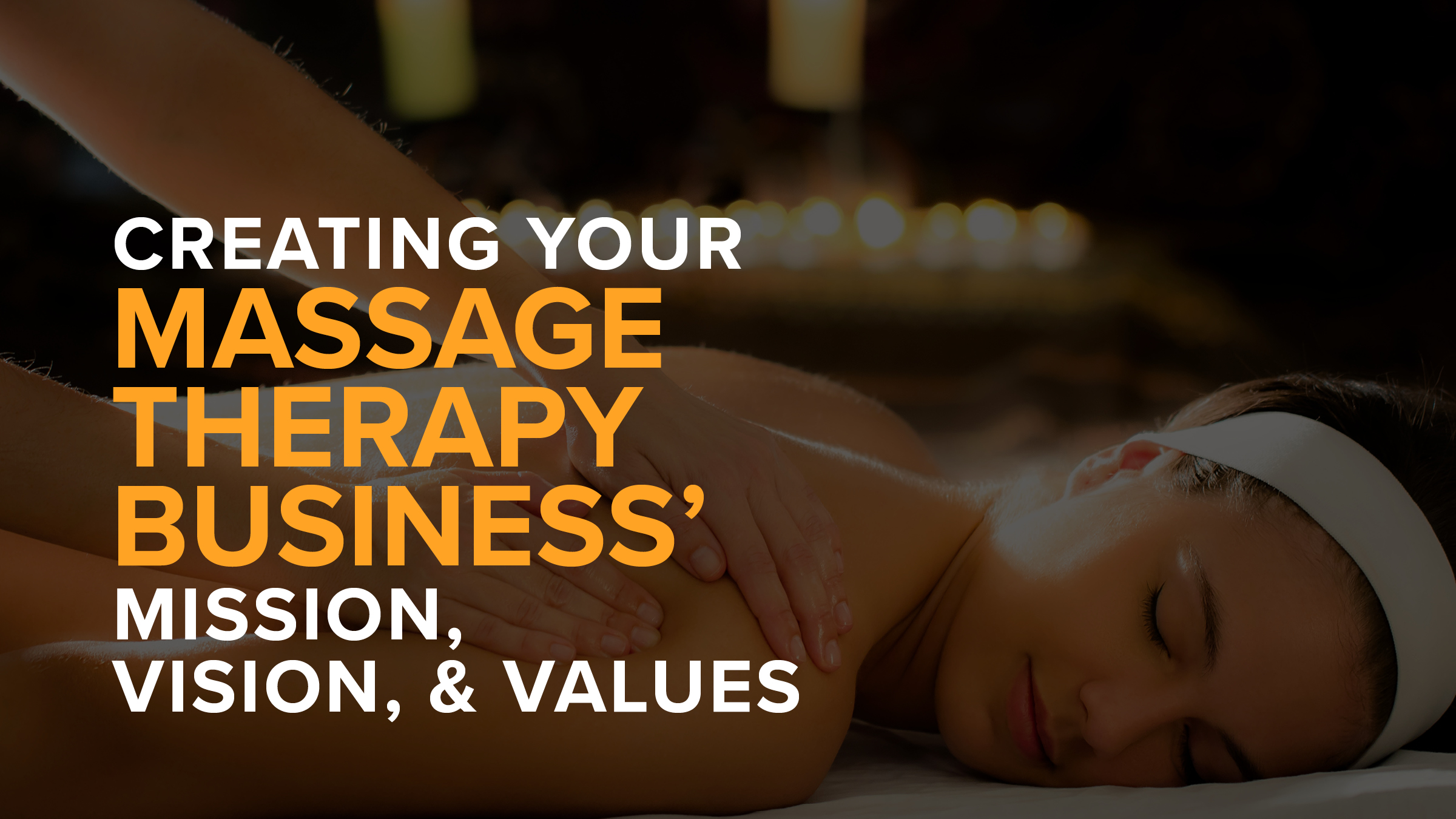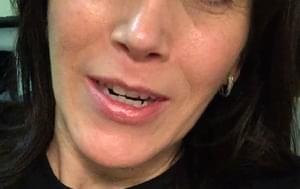Social media is a convenient way to expand your massage practice in a way that’s both inexpensive and value-offering to clients.
Getting the word out about your practice’s credentials and services can really be streamlined through the networking and online marketing that social media makes possible.
The Value of Social Media Marketing
Far from feeling beleaguered by sales pitches, clients can use a shared social media platform to spread promotional offers, tell their friends about your practice, make appointments, offer suggestions, and check out your line of products.
Believe it or not, though, marketing departments have sat down and looked at the best ways to integrate company blog posts and landing pages into a comprehensive social media marketing campaign.
The principles that came out of this research – known as the 10-4-1 rule – can be implemented almost immediately to increase the amount of web traffic to your practice’s website and ultimately drive the amount of foot traffic through your practice’s doors!
The 10-4-1 Rule and Your Practice
The 10-4-1 rule is essentially a B2B social media marketing practice that tells folks new to social media marketing the best way to balance their own content versus related third-party material.
The 10-4-1 rule just means that out of 15 total articles that you’re circulating online, 10 should be third-party articles, 4 blog posts and 1 a landing page.
Third-Party Articles – The 10 in 10-4-1
The 10 in 10-4-1 relates to the number of times that you should be providing links to third-party articles on some aspect of massage therapy.
One of the main drivers behind providing third-party articles to potential clients online is to solidify your massage practice as a credible source of information on massage therapy. This instills confidence in your clients’ minds before they even see your practice’s blog posts or your landing page.
Third-party articles should ideally come from reputable news source or respected journals. For instance, a study from the National Center for Complementary and Alternative Medicine (NCCAM) would be very appropriate to include among the ten third-party articles vis-a-vis your social media marketing efforts.
A more concrete example might be a syndicated news article that discussed the link between massage therapy and well-being. In essence, you want to inform and inspire confidence in your prospective clients.
You ultimately want to come off as a trusted source of information that return clients and prospective clients can approach for up-to-date information on massage therapy and alternative medicine.
Your Practice’s Blog Posts – The 4 in 10-4-1
The 4 in 10-4-1 relates to how often you should incorporate posts from your practice’s blog into social media marketing campaigns.
Blogging isn’t something that only teenagers do these days, according to recent research on inbound marketing. In fact, a massage practice that incorporates its own blog material into a social media marketing strategy gets more than 50% more page hits than a massage practice that doesn’t blog.
Ideally, your blog would focus on providing background information on the types of massage services that you provide. The benefits to effleurage in swedish massages, for instance, would be a great blog post topic to include in your social media marketing.
Landing Page – The 1 in 10-4-1
The 1 in 10-4-1 simply means that one link should be dedicated to a landing page. In marketing and social media advertising parlance, a “landing page” is a standalone page that’s separate from your practice’s homepage.
The idea behind a landing page – again, going back to the language of advertising – is to increase your conversion rate and leads.
Essentially, the easiest way to work a landing page into your social media marketing campaign is to include a page that asks for a potential client’s name and email address. This will allow you to maintain contact and eventually share promotions and information about your massage practice with them at a later time.
A landing page could be the springboard to tell return clients and prospective clients about upcoming promotions (e.g., half off deep tissue massages on Thursdays!) or a new product launch.
The 10-4-1 Rule: Increase Exposure to Your Practice
The small part that a lead page plays in the 10-4-1 rule belies the fact that a lead page is probably the thing that gets clients into your practice’s doors.
The purpose behind incorporating third-party articles on some aspect of massage therapy is to generate excitement and present your practice as a credible source of information.
From there, linking to your practice’s blog gives prospective clients more background information on the types of services you offer and those services’ benefits.
As a social media marketing strategy, the 10-4-1 rule can help drive web traffic to your blog posts and practice’s website and ultimately increase your exposure, sales and number of satisfied (and relaxed!) clients.
- Author: Mark Volkmann
- Published: August 27, 2014
Grow and simplify your practice!
Related Posts
Top Massage Resources
Categories
Categories Index ( 21 )
- Friday focus (9)
- Massage therapists (42)
- Massage therapy benefits (7)
- Marketing (163)
- Massagebook features (12)
- Healthy living (12)
- Press (2)
- Practice management (57)
- From our ceo (3)
- Software releases (23)
- Education (5)
- People focus (3)
- Types of therapy (1)
- Uncategorized (1)
- Massagebook (36)
- Massage therapy (4)
- Massage practice (1)
- Massagebook (1)
- Fun (1)
- Guest blog (1)
- Resources (2)









